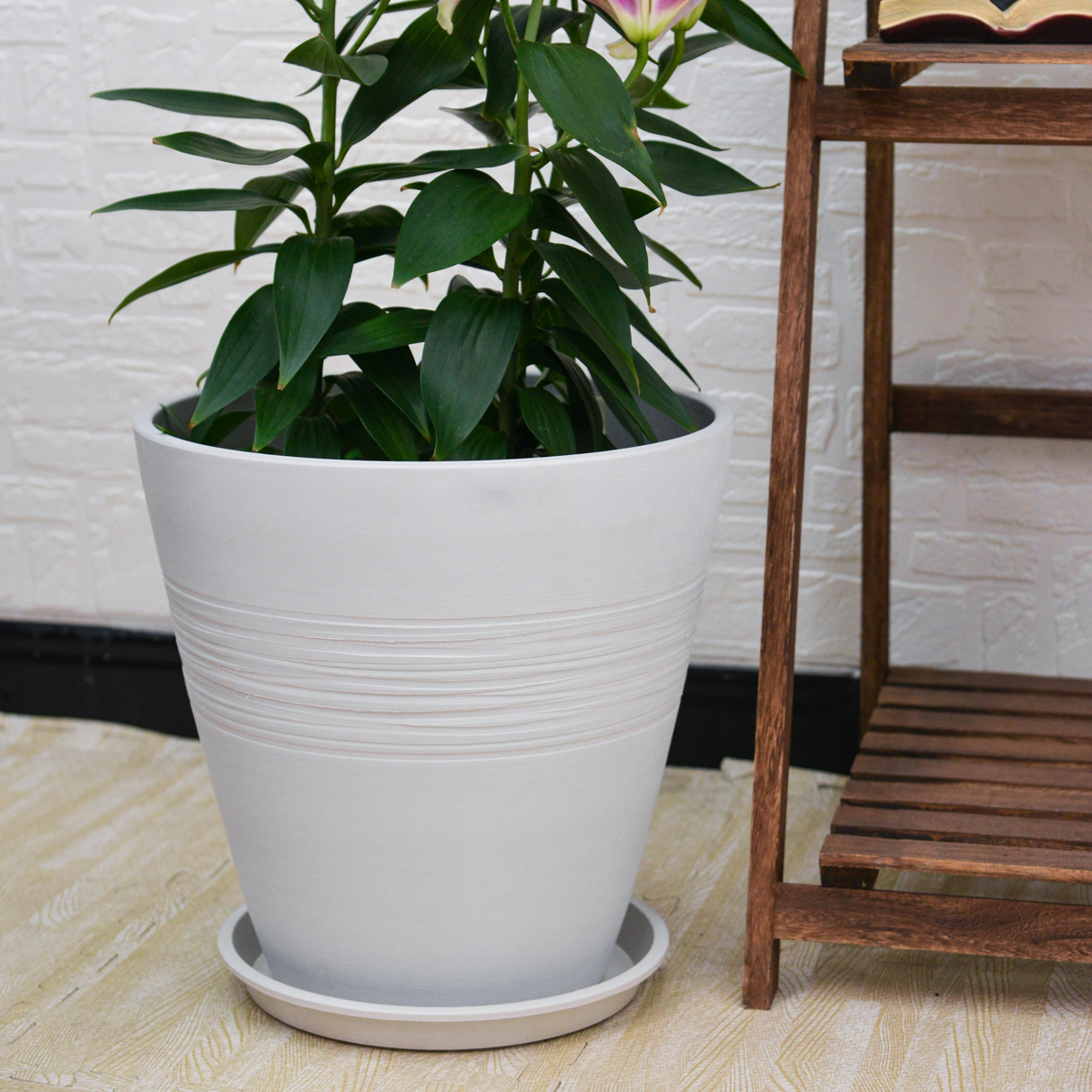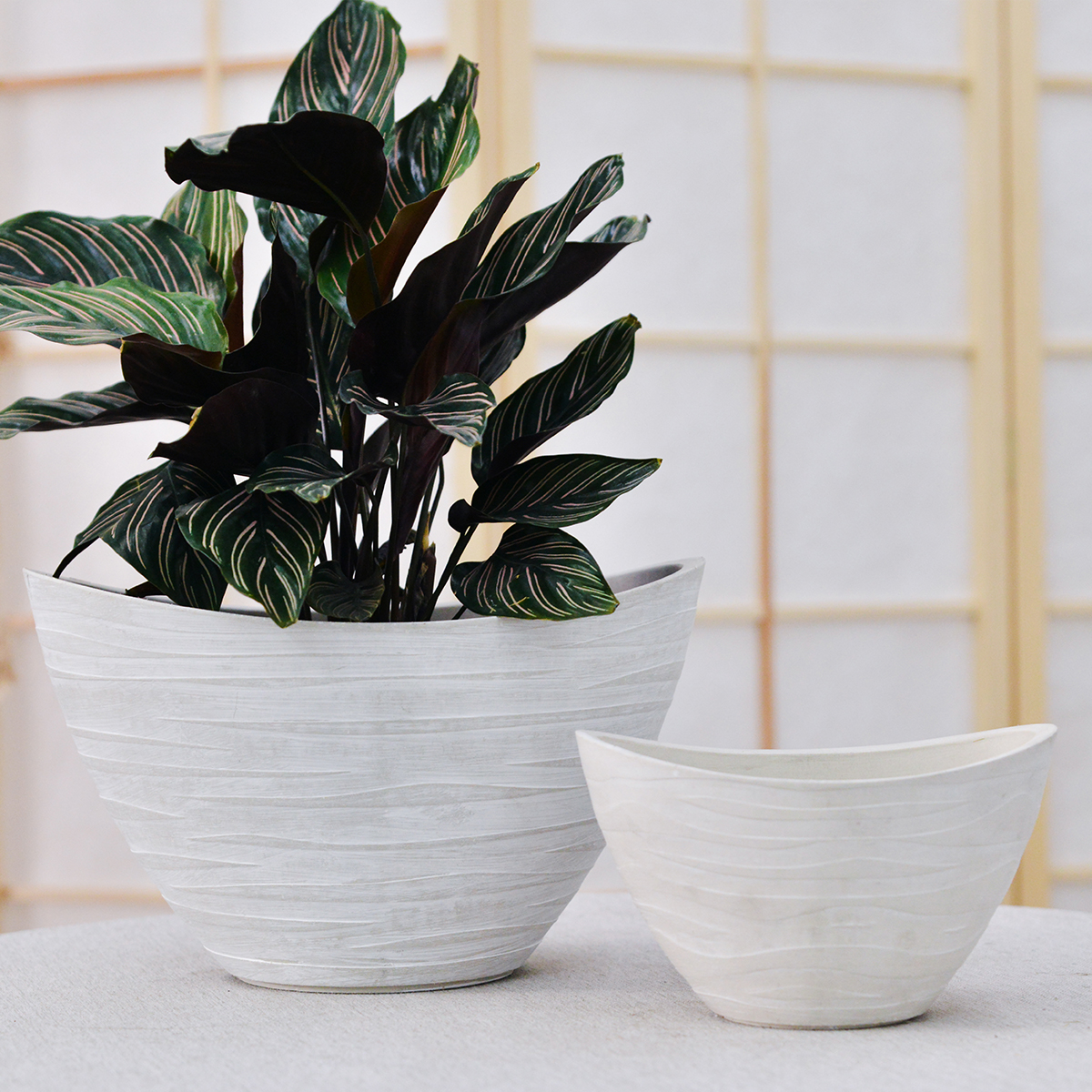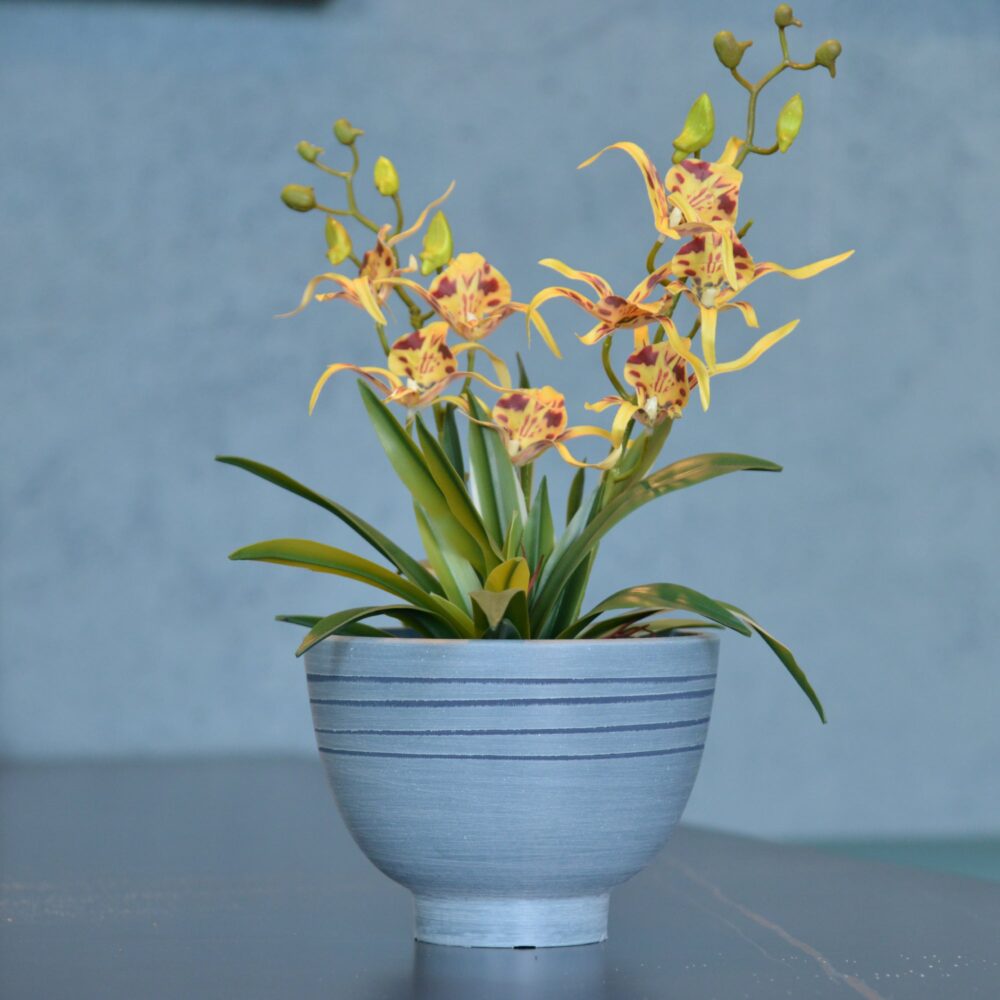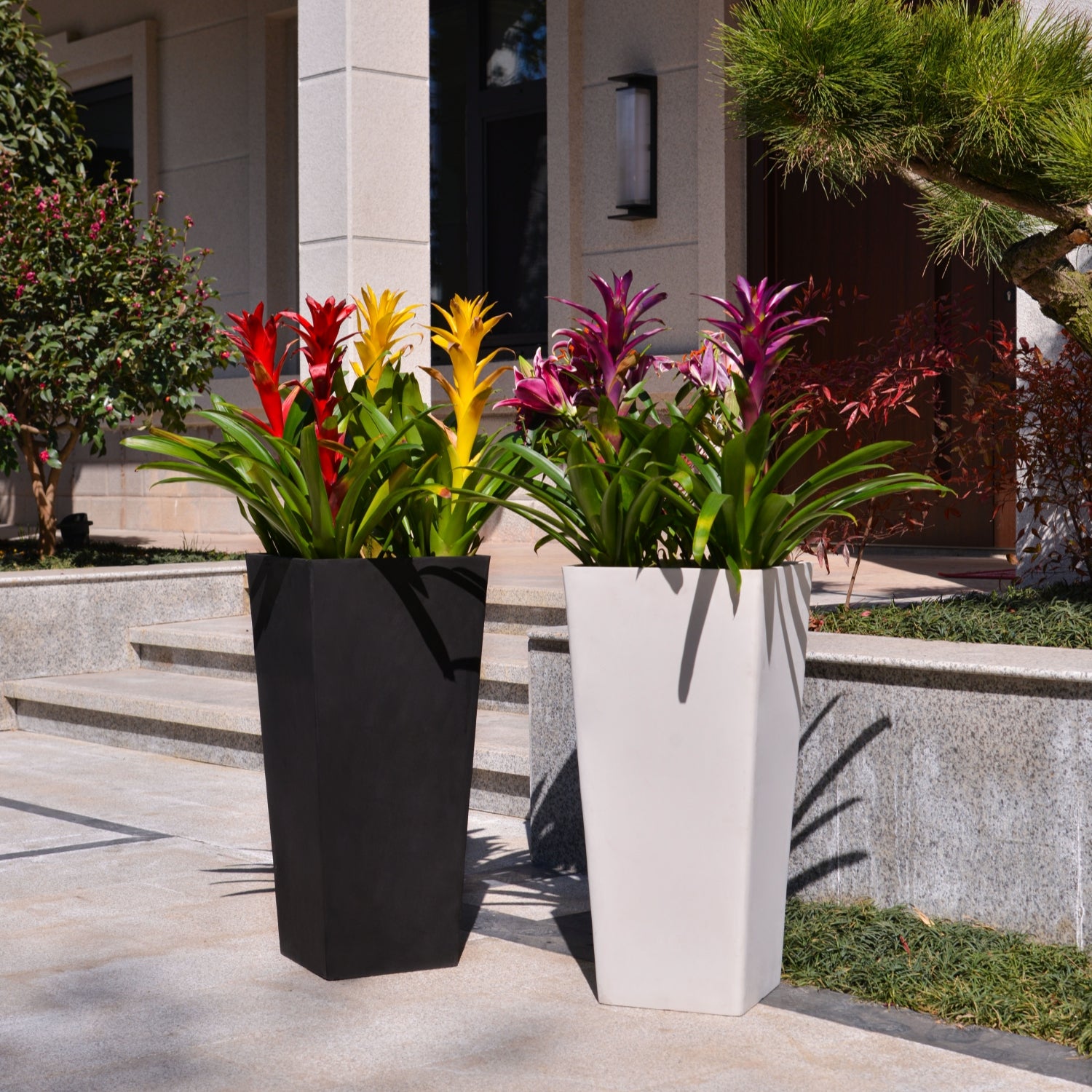Hyacinth Indoors: The Complete Guide to Growing Hyacinthus Orientalis at Home
Looking to fill your home with intoxicating fragrance and vibrant spring color during the winter months? Hyacinth, scientifically known as Hyacinthus orientalis, is a beloved bulbous flower prized for its intensely fragrant blooms and cheerful clusters of bell-shaped florets. These classic and relatively easy-to-force bulbs, native to the eastern Mediterranean, are perfect for bringing the joy of spring indoors during the colder seasons. This comprehensive guide will provide you with everything you need to know to grow Hyacinthus orientalis indoors, from selecting the right bulbs and pots to mastering essential forcing techniques for a fragrant and colorful indoor Hyacinth display in your home.
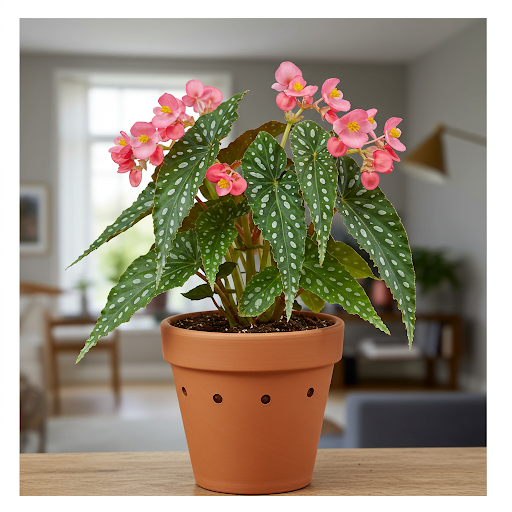
Hyacinth
What is Hyacinth (Hyacinthus orientalis)?
Hyacinthus orientalis, commonly known as Hyacinth or Garden Hyacinth, is a popular spring-blooming bulbous perennial celebrated for its powerful fragrance and showy flower spikes. Hyacinths are known for their dense clusters of highly fragrant, bell-shaped florets that come in a wide range of colors, including shades of blue, purple, pink, red, white, and yellow. They are relatively short plants, typically reaching 6-12 inches in height, making them ideal for containers and indoor forcing. Hyacinths are prized for their intense fragrance, vibrant spring colors, and ease of forcing indoors, making them a classic and cherished winter and spring houseplant.
Can Hyacinths (Hyacinthus orientalis) Thrive Indoors?
Yes, Hyacinths (Hyacinthus orientalis) are ideally suited for indoor growing, especially for forcing blooms during the winter months when outdoor gardens are dormant. “Forcing” bulbs means simulating winter conditions to encourage them to bloom out of their natural spring season. Hyacinths are among the easiest bulbs to force indoors, reliably producing fragrant and colorful flowers with proper chilling and care. Growing hyacinths indoors allows you to enjoy their beauty and fragrance up close, brightening up your home during the darker days of winter.
Ideal Indoor Growing Conditions for Hyacinths (Hyacinthus orientalis):
- Varieties of Hyacinth (Hyacinthus orientalis): Hyacinths come in a wide array of cultivars, offering diverse colors and flower forms. Popular indoor forcing hyacinth varieties include:
- ‘Blue Jacket’: Classic deep blue, highly fragrant.
- ‘Delft Blue’: Soft, porcelain blue.
- ‘Pink Pearl’: Vibrant, bright pink.
- ‘Jan Bos’: Intense, deep red-pink.
- ‘Carnegie’: Pure white.
- ‘Yellow Hammer’: Sunny yellow.
- ‘City of Haarlem’: Pale yellow, creamy.
- ‘Gipsy Queen’: Apricot-orange.
- Light: For forcing, light is not critical during the chilling period. After the chilling period and when shoots emerge, Hyacinths need bright, indirect light to develop strong stems and vibrant flowers. Place them in a location that receives bright, filtered sunlight or indirect light. East, south, or west-facing windows are suitable once they are brought out of chilling. Rotating the pot regularly will help ensure even growth and prevent stems from leaning towards the light. Insufficient light can lead to weak, leggy stems and pale flowers.
- Soil (for forcing in soil): When forcing hyacinths in soil, use a well-draining potting mix. A general-purpose potting mix amended with perlite or vermiculite to improve drainage is suitable. The soil should be slightly acidic to neutral.
- Watering: During the chilling period, keep the soil barely moist. Once the bulbs are brought into warmer temperatures and shoots emerge, water moderately to keep the soil consistently moist, but not soggy. Water when the top inch of soil begins to feel slightly dry. Water thoroughly until water drains out of the drainage holes. Avoid overwatering and soggy soil, which can lead to bulb rot. Reduce watering slightly after flowering as the foliage begins to fade. Watering frequency will depend on temperature, humidity, and pot size. Check soil moisture regularly. Use room temperature water.
- Temperature: Chilling Period (Crucial for Forcing): Hyacinths require a cold chilling period of 12-15 weeks at temperatures between 35°F to 45°F (2°C to 7°C) to initiate flower development. This chilling period is essential for successful indoor forcing. Ideal chilling locations include:
- Refrigerator: The vegetable crisper drawer of a refrigerator (avoid storing near fruits, as ethylene gas can inhibit flowering).
- Unheated Garage or Basement: If temperatures remain consistently within the required range.
- Outdoor Cold Frame: In regions with mild winters.
- Cool, Dark Location: A cool, dark room or closet can work if temperatures are consistently cold enough.Growing/Forcing Period (After Chilling): After chilling, bring the hyacinths to a cool room (50-60°F/10-15°C) with indirect light to gradually transition them to warmer temperatures and brighter light. Once shoots are a few inches tall, move them to a bright location with slightly warmer temperatures (60-70°F/15-21°C) to encourage flowering. Avoid placing them near heat sources, which can shorten bloom time. Cooler temperatures will prolong the flowering period.
- Humidity: Hyacinths are not particularly demanding regarding humidity. Average household humidity is generally sufficient.
Planting and Forcing Hyacinths (Hyacinthus orientalis) Indoors:
- Selecting Bulbs for Forcing: Choose large, firm, and healthy hyacinth bulbs specifically labeled for “forcing”. Forcing bulbs have been pre-cooled to enhance their ability to bloom indoors. Purchase bulbs in the fall for winter forcing.
- Planting Time for Winter Blooms: Plant hyacinth bulbs for forcing in fall (September to November) to enjoy blooms in winter or early spring (January to March).
- Planting Methods for Forcing: Hyacinths can be forced in soil or water (using hyacinth forcing glasses or pebbles).
- Forcing in Soil:
- Choose Pots: Select pots with drainage holes (terracotta, ceramic, or plastic).
- Fill with Potting Mix: Fill pots with well-draining potting mix, leaving space at the top.
- Plant Bulbs: Place hyacinth bulbs pointed-end up on the soil surface, close together but not touching, typically 1-3 bulbs per 4-6 inch pot. The bulb’s tips should be just above the soil surface.
- Water Lightly: Water lightly to settle the soil around the bulbs.
- Chilling Period: Place planted pots in a dark, cold location (35-45°F/2-7°C) for 12-15 weeks for chilling. Keep soil barely moist during chilling.
- Bring Out of Chilling: After chilling, when shoots are about 1-2 inches tall and roots are visible at the drainage holes, bring pots to a cool room (50-60°F/10-15°C) with indirect light.
- Increase Light and Temperature: Gradually move to a bright location with slightly warmer temperatures (60-70°F/15-21°C) to encourage flowering.
- Forcing in Water (Hyacinth Glasses or Pebbles):
- Hyacinth Forcing Glass or Vase: Use a hyacinth forcing glass or a narrow-necked vase that allows the bulb to sit above the water. Alternatively, use a regular vase and pebbles.
- Water Level: Fill the vase with water to just below the base of the bulb, leaving a small gap so the bulb base does not sit directly in water (this prevents rot).
- Chilling Period: Place bulbs in forcing glasses in a dark, cold location (35-45°F/2-7°C) for 12-15 weeks for chilling. Maintain water level as needed.
- Bring Out of Chilling: After chilling, when roots are well-developed and shoots emerge, bring glasses to a cool room (50-60°F/10-15°C) with indirect light.
- Increase Light and Temperature: Gradually move to a bright location with slightly warmer temperatures (60-70°F/15-21°C) to encourage flowering.
- Forcing in Soil:
Choosing the Right Pots for Indoor Hyacinths (Hyacinthus orientalis):
- Suitable Pot Types (for soil forcing): Select pots with drainage holes. Terracotta, ceramic, or plastic pots are all suitable. For forcing multiple bulbs together, choose wider, shallow pots. For individual bulbs, smaller pots are fine.
- Drainage (for soil forcing): Drainage is essential to prevent bulb rot. Ensure your chosen pot has drainage holesat the bottom.
- Pot Size (for soil forcing): Choose pot size based on the number of bulbs you want to plant together. For a cluster of 3-5 bulbs, use a pot that is 6-8 inches in diameter. For single bulbs, pots 4-5 inches in diameter are sufficient.
- Forcing Glasses/Vases (for water forcing): Use hyacinth forcing glasses or narrow-necked vases specifically designed for hyacinth forcing. Alternatively, use regular vases and pebbles to support the bulbs above the water level.
Essential Care Tips for Thriving Indoor Hyacinths (Hyacinthus orientalis):
- Chilling Period is Crucial: Ensure a proper 12-15 week chilling period at 35-45°F (2-7°C) in darkness for successful forcing and flowering.
- Watering Schedule (after chilling): “Keep Soil Moist, Not Soggy”. For soil-forced hyacinths, water moderately to keep soil consistently moist once shoots emerge. For water-forced hyacinths, maintain water level just below the bulb base. Avoid overwatering in both methods.
- Light Management (after chilling): Bright Indirect Light for Strong Growth. After chilling, provide bright, indirect light once shoots emerge to encourage strong stems and vibrant flowers. Rotate pots regularly for even growth.
- Fertilizing (Not Usually Needed for Forcing): Fertilizing is generally not necessary for forcing hyacinths as they contain enough stored energy in the bulb to bloom for one season. If desired, you can use a very diluted balanced liquid fertilizer (quarter strength) once shoots emerge, but it’s not essential.
- Support for Tall Stems (Optional): Some taller hyacinth varieties may benefit from staking to support heavy flower spikes and prevent them from flopping over, especially as blooms become fully open.
- After Flowering: After hyacinth flowers fade, you can cut off the spent flower spike, but allow the foliage to continue growing until it naturally yellows and withers. This allows the bulb to replenish its energy for potential future planting outdoors (though forced bulbs may not rebloom reliably indoors).
- Planting Outdoors (Optional, after forcing): Forced hyacinth bulbs can be planted outdoors in the garden in spring after the foliage has died back. However, forced bulbs may not rebloom reliably indoors in subsequent years and may produce smaller or fewer flowers outdoors in the following spring. They can naturalize in the garden in some climates, but often perform best when freshly forced each year.
- Toxicity: Hyacinth bulbs are toxic if ingested and can cause skin irritation in some individuals. Wear gloves when handling bulbs and keep them out of reach of children and pets.
Popular Hyacinth Cultivars for Indoor Forcing:
- Blue Shades: ‘Blue Jacket’, ‘Delft Blue’, ‘Myosotis’
- Pink Shades: ‘Pink Pearl’, ‘Anna Marie’, ‘Fondant’
- Red Shades: ‘Jan Bos’, ‘Red Magic’, ‘Ben Nevis’
- White Shades: ‘Carnegie’, ‘White Pearl’, ‘L’Innocence’
- Yellow Shades: ‘Yellow Hammer’, ‘City of Haarlem’, ‘Gipsy Queen’ (apricot/orange)
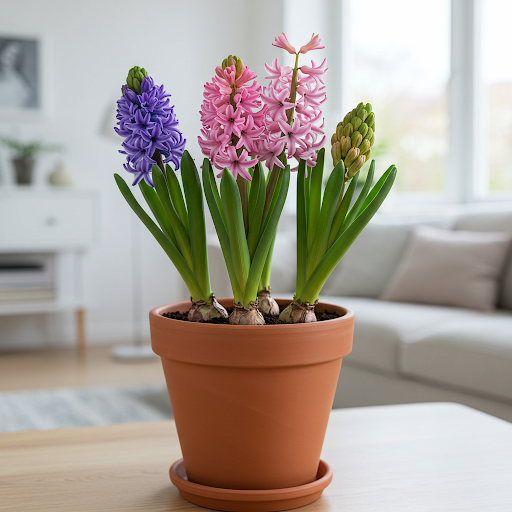
Hyacinth
In Summary:
Growing Hyacinths (Hyacinthus orientalis) indoors through forcing is a rewarding way to bring the intoxicating fragrance and vibrant colors of spring into your home during the winter months. Their ease of forcing and wide range of colors make them classic and cherished winter houseplants. By providing a proper chilling period, planting bulbs in well-draining soil or forcing glasses, watering appropriately, and providing bright, indirect light after chilling, you can easily cultivate fragrant and beautiful indoor Hyacinths and enjoy their cheerful blooms and delightful scent during the coldest months of the year.
For more detailed botanical information and to explore the diversity of Hyacinthus orientalis, you can visit the Wikipedia page on Hyacinthus.
Important Note: Hyacinth bulbs are toxic if ingested and can cause skin irritation. Handle bulbs with gloves and keep them away from children and pets. Enjoy the beauty and fragrance of your indoor hyacinths, and consider planting them outdoors after forcing for potential garden blooms in future springs, though indoor forcing is primarily for single-season enjoyment.**
KC2-GS
By greenship|2024-08-16T06:30:21+00:00August 16, 2024|Categories: Hand-carving Series|
20YB
By greenship|2024-08-16T05:37:57+00:00August 16, 2024|Categories: Hand-carving Series|
KC2-11V
By greenship|2024-08-16T05:39:50+00:00August 16, 2024|Categories: Hand-carving Series|
8 inch/10 inch Planter Indoor Plants, 2 Pack Modern Decorative Plant Pots with Drainage Hole, Cute Bowl Shape Flower Pots
By greenship-seo|2025-04-10T08:03:42+00:00January 9, 2025|Categories: Hand-carving Series|Tags: Decorative Flower Pots, Self-Watering Pots|
GreenShip 27inch Tall Planters for Porch, Large Outdoor Planter Pots with Drainage Hole
By greenship-seo|2025-04-10T06:27:21+00:00April 7, 2025|Categories: Hand-carving Series|Tags: Decorative Flower Pots|
11TH
By greenship|2024-08-13T02:50:25+00:00August 13, 2024|Categories: Hand-carving Series|

